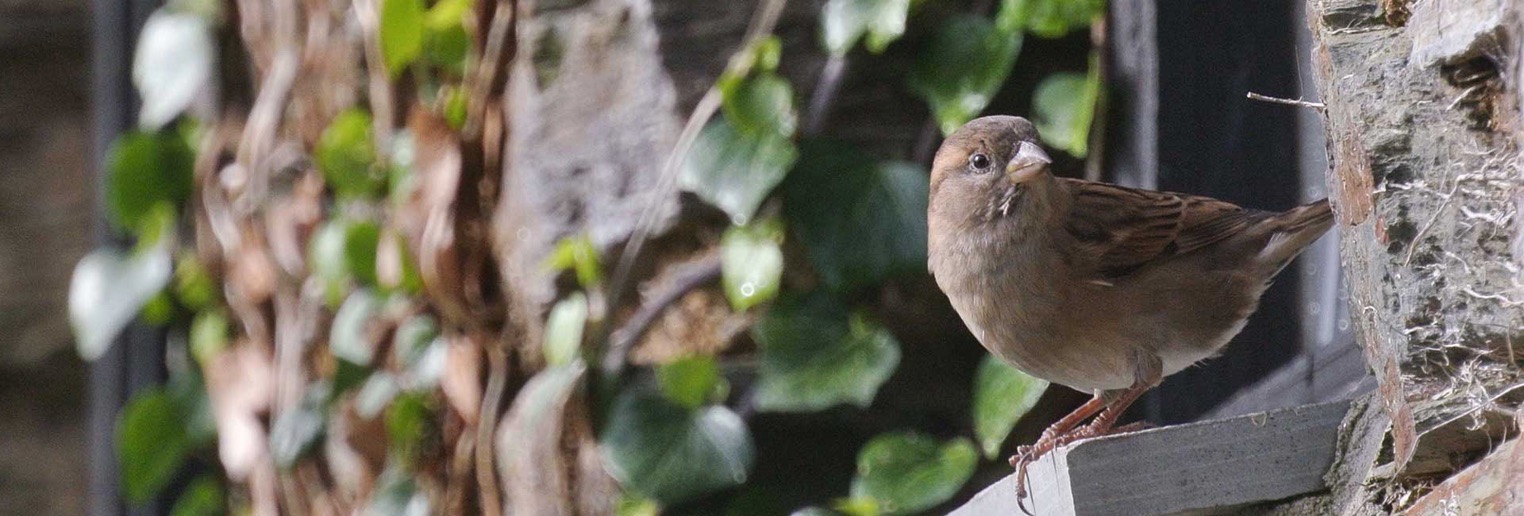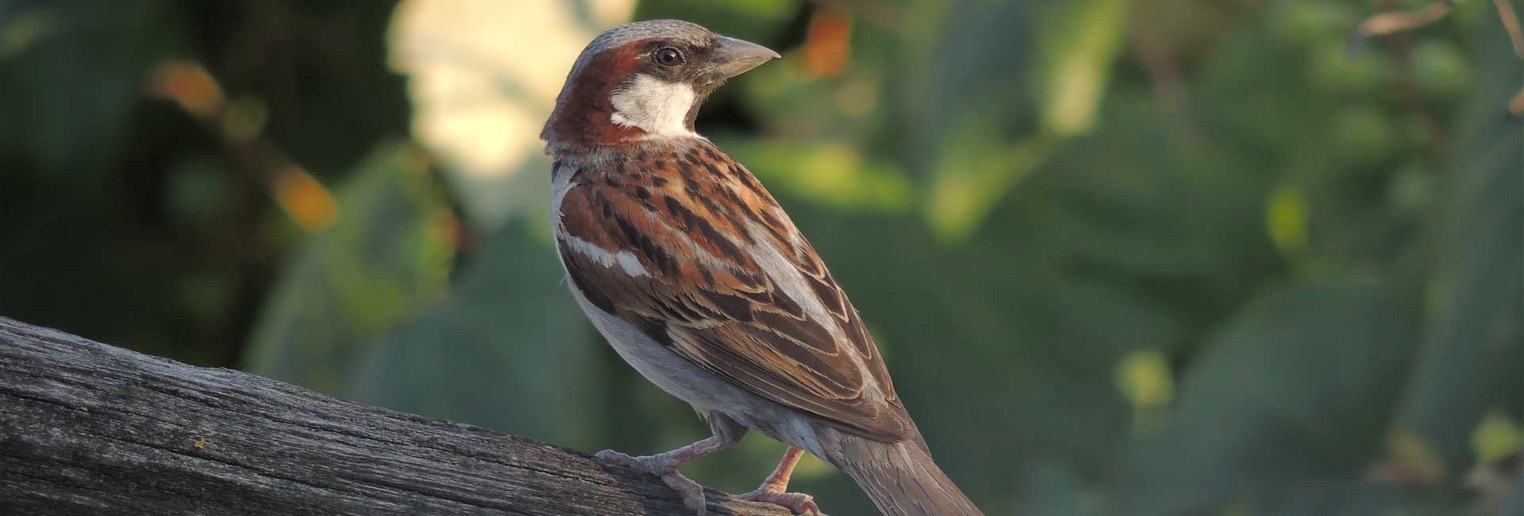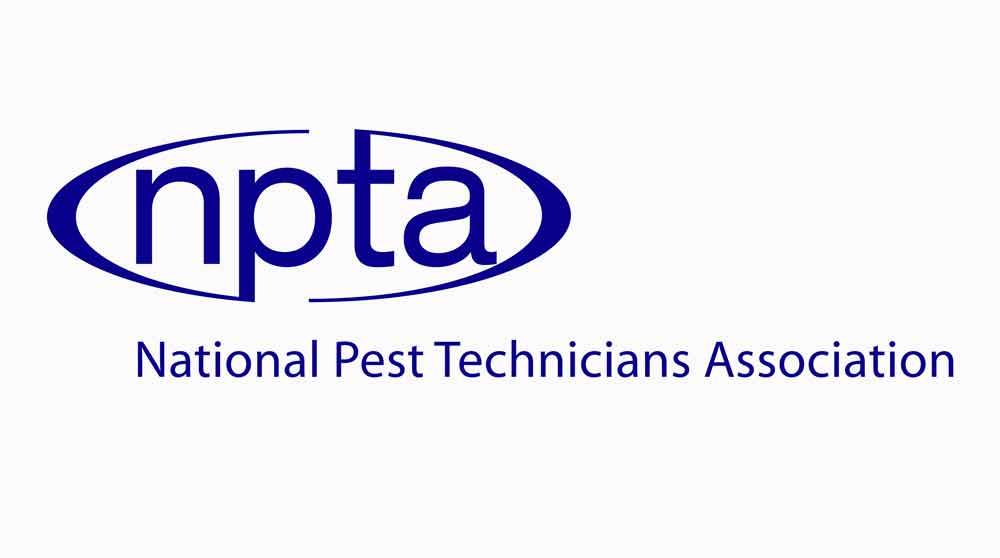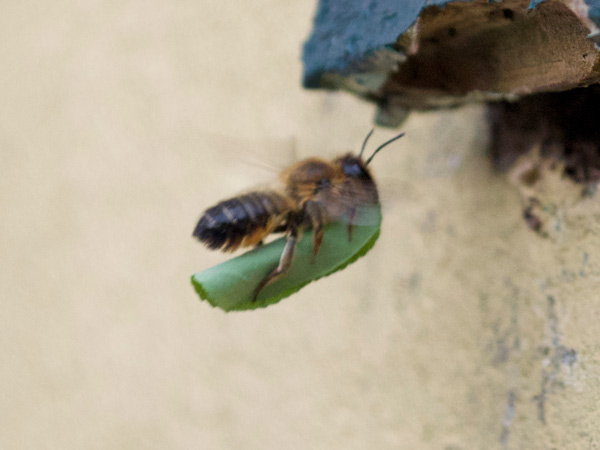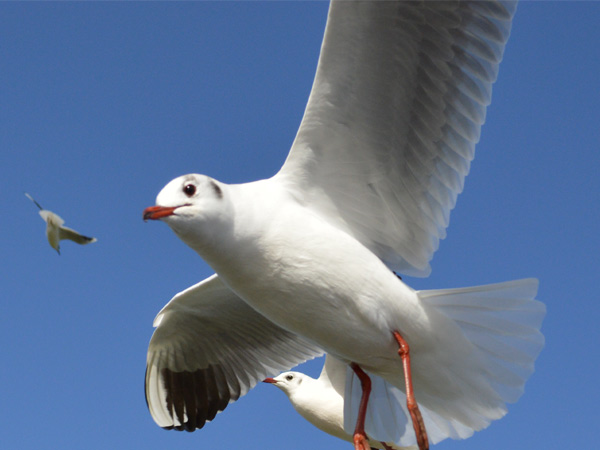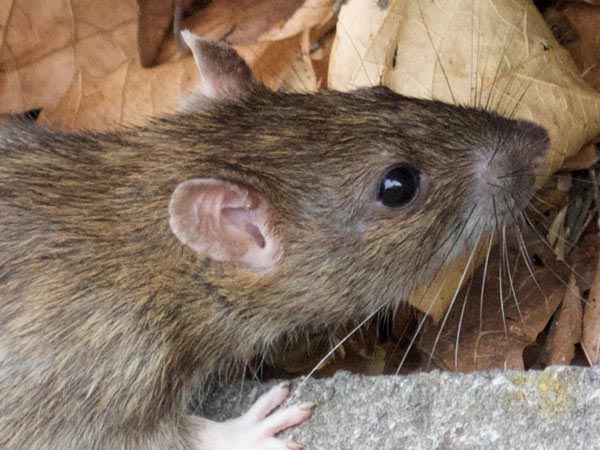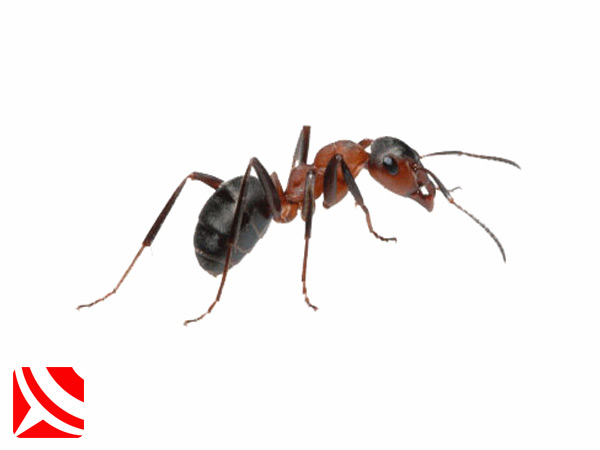Solve Sparrow Problems Today : 0117 303 5181
House Sparrows (Passer domesticus):
What Are House Sparrows?
House sparrows are familiar, small brown birds, commonly seen in both urban and rural areas across most parts of the British Isles. These birds are particularly common near human populations where they are excellent scavengers.
Sadly the species has experienced a dramatic population decline ( down over 70%), which is why it is now Designated an RSPB Red Status species.
Despite the population drop of this species over the last forty years signs of a recovery have started to emerge in recent years.
House Sparrows: key facts:
> Legal Population Status - Designated a RSPB Red Status species and protected under the Wildlife and Countryside Act 1981.
> Colour - Sandy (female and Juveniles) to chestnut brown (males).
> Wingspan - 20 - 26cm.
> Flight Speed - upto 30mph.
> Shape - Small but sturdy.
> Size - Around 15cm (6 inches).
> Weight (Mass) - 20-40g.
> Legs - Pale brown.
> Beak (bill) - Black to ivory, diet related.
> Flight - Direct and flapping.
> Sound - Noisy and gregarious.
> Nesting - April to August in roofs, shrubs and bird boxes, etc.
> Eggs - White, pale blue with darker spots - four to five in a nest.
> Chicks - Chicks hatch within 15 days and leave the nest within three weeks.
> Lifespan - 3 years
> Presence - All Year
> Diet - Diverse: Scraps, Insects, Fruit, Berries, and Seeds, etc.
What Problems Do House Sparrows Cause?
House sparrows are noisy, and experts nest builders. Nests can be bulky and encourage insect pests that will inevitably find their way into people's homes, like moths and moth larvae via air vents and light fittings.
Externally they can be responsible for significant damage to grain processing and storage facilities and crops in the field.
What Structural Damage Do House Sparrows Cause?
In most cases, house sparrows will not cause structural damage themselves. However the waste from these birds "IS" a problem. The bulky nests build up over many years and removal is costly because of work at height access requirements.
The other problem sparrows often cause is blocked gutters and raining maggots! Yep, you read that correctly.
Birds that nest in gutters are prone to sudden downpours of rain that can drown chicks when the nests block gutters. The dead birds then become infested with fly larvae and during the next bout of heavy rain the gutters overflow and down come the maggots. Gross but more common than you might think!
In the garden, house sparrows cause damage to trees and shrubs, eating buds and damaging yellow blossom and flowers.
Are House Sparrows Noisy?
Yes! Internally House Sparrows nest close together, making plenty of noise and when outside, this amplified in gangs containing dozens of birds.
Do House Sparrows Spread Disease?
Sparrows love grains and this brings them into contact with our food in both the field and in processing and storage facilities.
Physical and microbiological contamination of food stocks occurs from direct contact and from droppings.
Diseases associated with these birds includes salmonellosis, transmissible gastroenteritis, tuberculosis, viruses, parasites like toxoplasmosis.
What Are The Best Methods of Controlling House Sparrows?
In recent years technology has been developed to provide some very unique and effective methods of control that we are helping pioneer in the British Pest Control industry
The most common control methods include:
> Netting - Discreetly prevents birds accessing sensitive areas.
> Spikes - These prevent birds from landing safely.
> Lasers - Visible light scares birds away.
> Shock Strip - Prevents birds from resting on sensitive structures.
> Bird Proofing - Designing out bird resting points and roosts.
> Bird Scarers - Audible devices and materials to unsettle and scare birds.
If you live in our area, please get in touch for more information and direct assistance.
